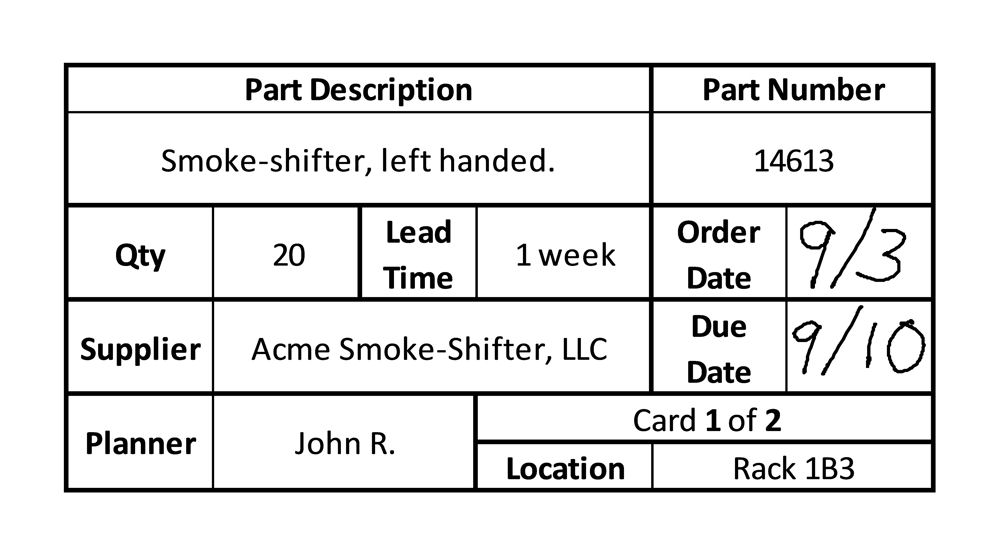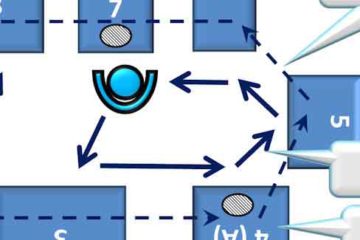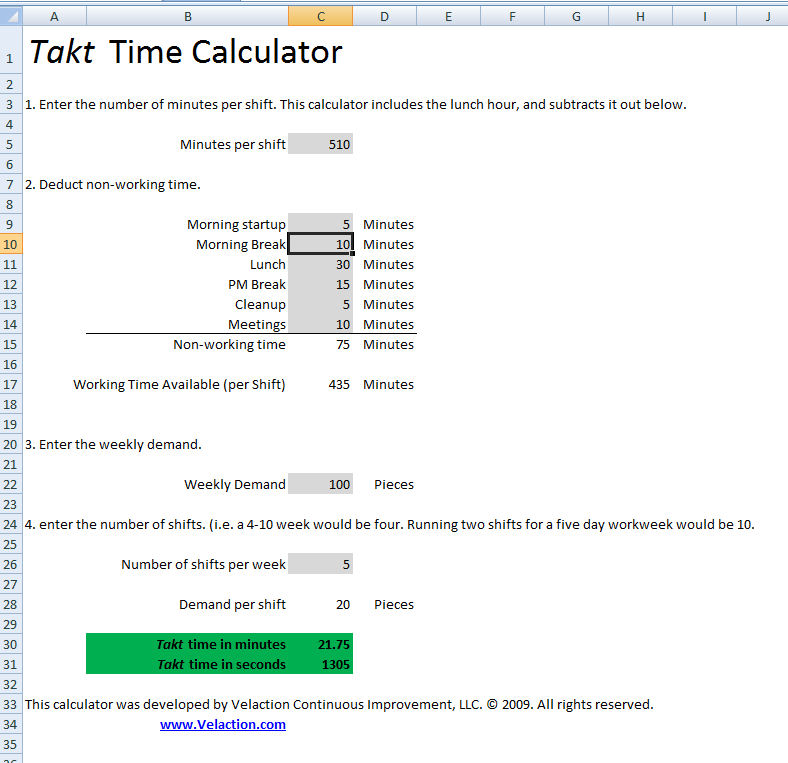Muda (Waste)
Many Lean terms can trace their origins to Japan. Muda is one of those terms. It really translates to “wasteful activity”, but in common practice most people equate muda to waste. Since one of Lean’s main goals is reducing waste to improve flow, it is no surprise that muda has Read more…



